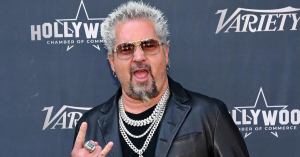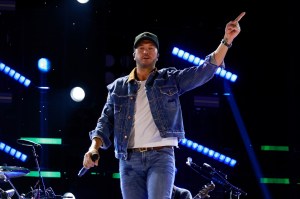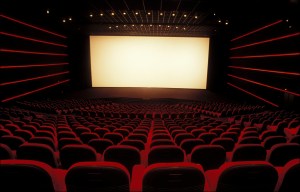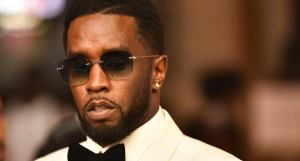On Wednesday, March 11, 2020, the NBA announced that it was suspending all games. Utah Jazz player Rudy Gobert tested positive before a game against the Oklahoma City Thunder. He was one of the first players to test positive, but he was far from the only one.
“The NBA announced that a player on the Utah Jazz has preliminarily tested positive for COVID-19. The test result was reported shortly prior to tip-off of tonight’s game between the Jazz and the Oklahoma City Thunder at Chesapeake Energy Arena,” the league said in a statement on March 11, stunning fans at home.
Videos by PopCulture.com
“At that time, tonight’s game was canceled,” the statement continued. “The affected player was not in the arena. The NBA is suspending game play following the conclusion of tonight’s schedule of games until further notice. The NBA will use this hiatus to determine next steps for moving forward in regard to the coronavirus epidemic.”
The league remained inactive for all of the spring and into the summer. Questions continued to circulate about whether the season would resume or if it would simply end early. NBA play did ultimately resume, but it did not happen until late July.
In the year since suspending all games, the league has made major changes to the way that games take place. Fans were not allowed during the season restart, which took place in Orlando, Florida. The 22 teams that were still in contention for playoff spots headed down south and entered the “bubble.” They had to remain there — away from the general public — and could not leave for any reasons.
Instead of actual fans, the league relied on virtual supporters and cardboard cutouts. The NBA wanted to prevent any outbreaks after the players underwent mandatory time in quarantine and tested negative for coronavirus. The Los Angeles Lakers ultimately won the NBA title and set up the shortest turnaround in recent seasons.
The league returned to action in late December, kicking off the 2020-21 season mere months after the previous season ended. There were questions about how the league would address fan attendance due to the ongoing pandemic and strict regulations around the country. The short answer is that there would not be any fans during the early portions of the season.
The league has since begun allowing limited-capacity crowds into arenas around the country, but no facilities are fully packed. Though these numbers could increase as more and more people receive the coronavirus vaccine. Additionally, some teams are utilizing “coronavirus-sniffing dogs” as a way to screen people as they walk into the building.









